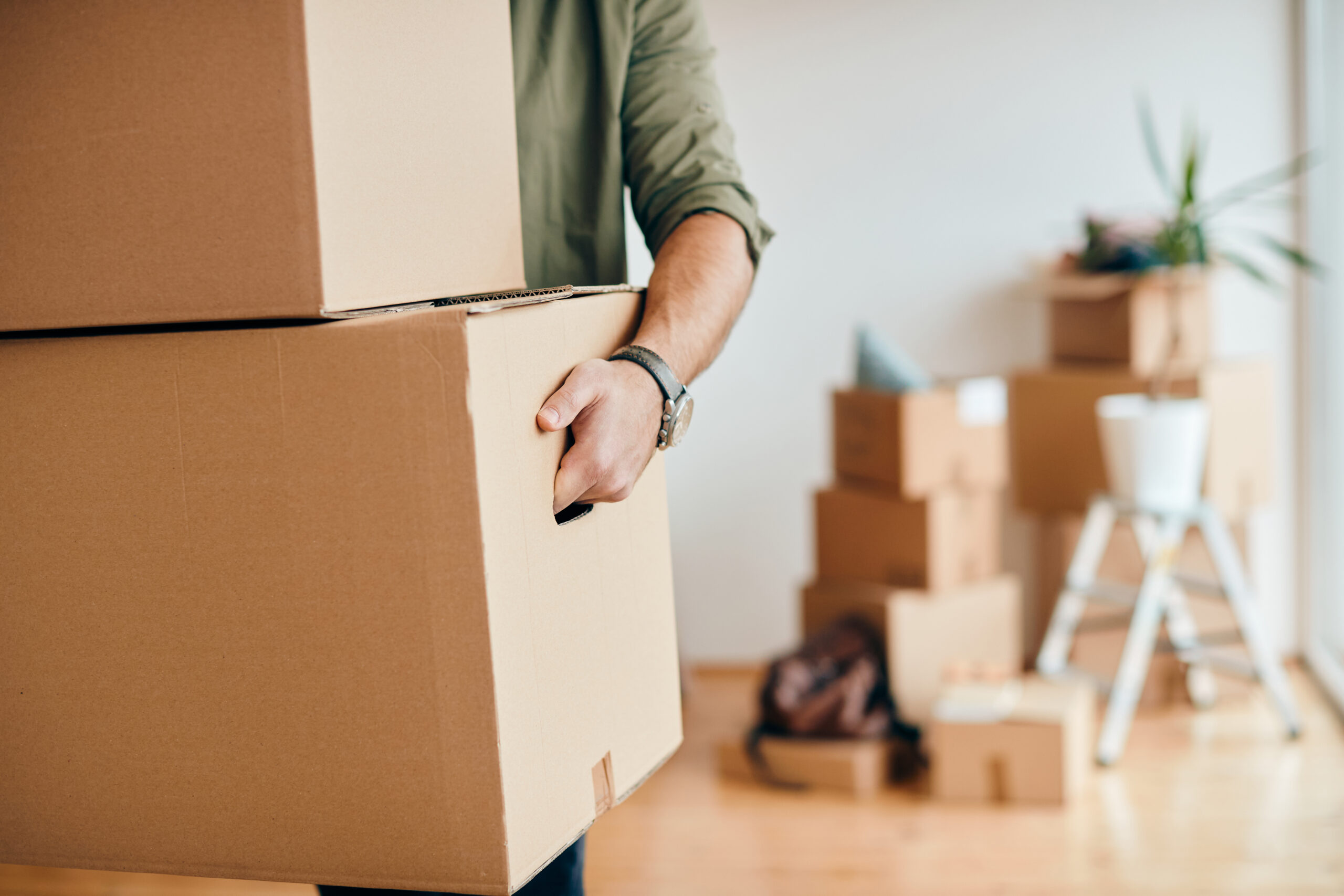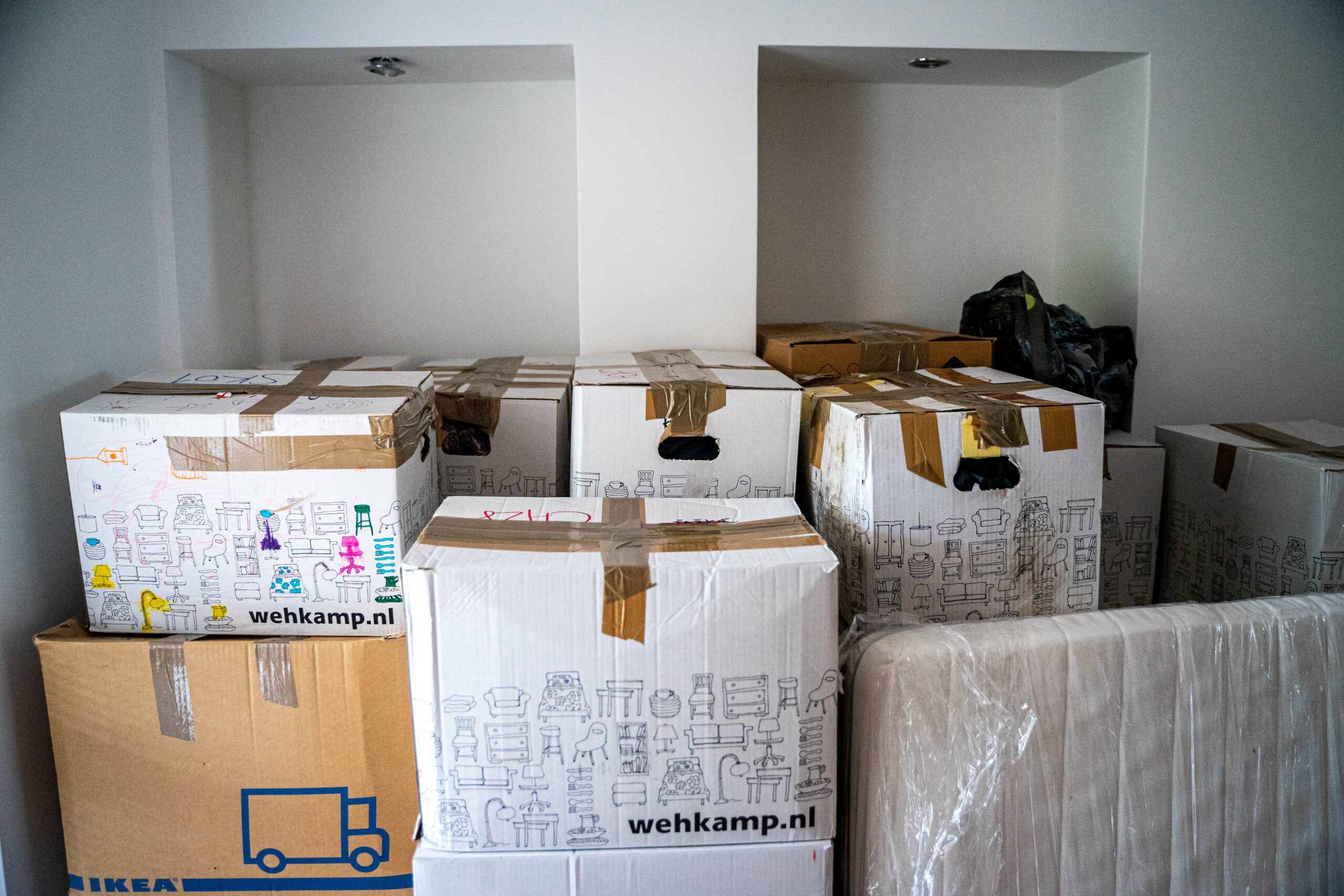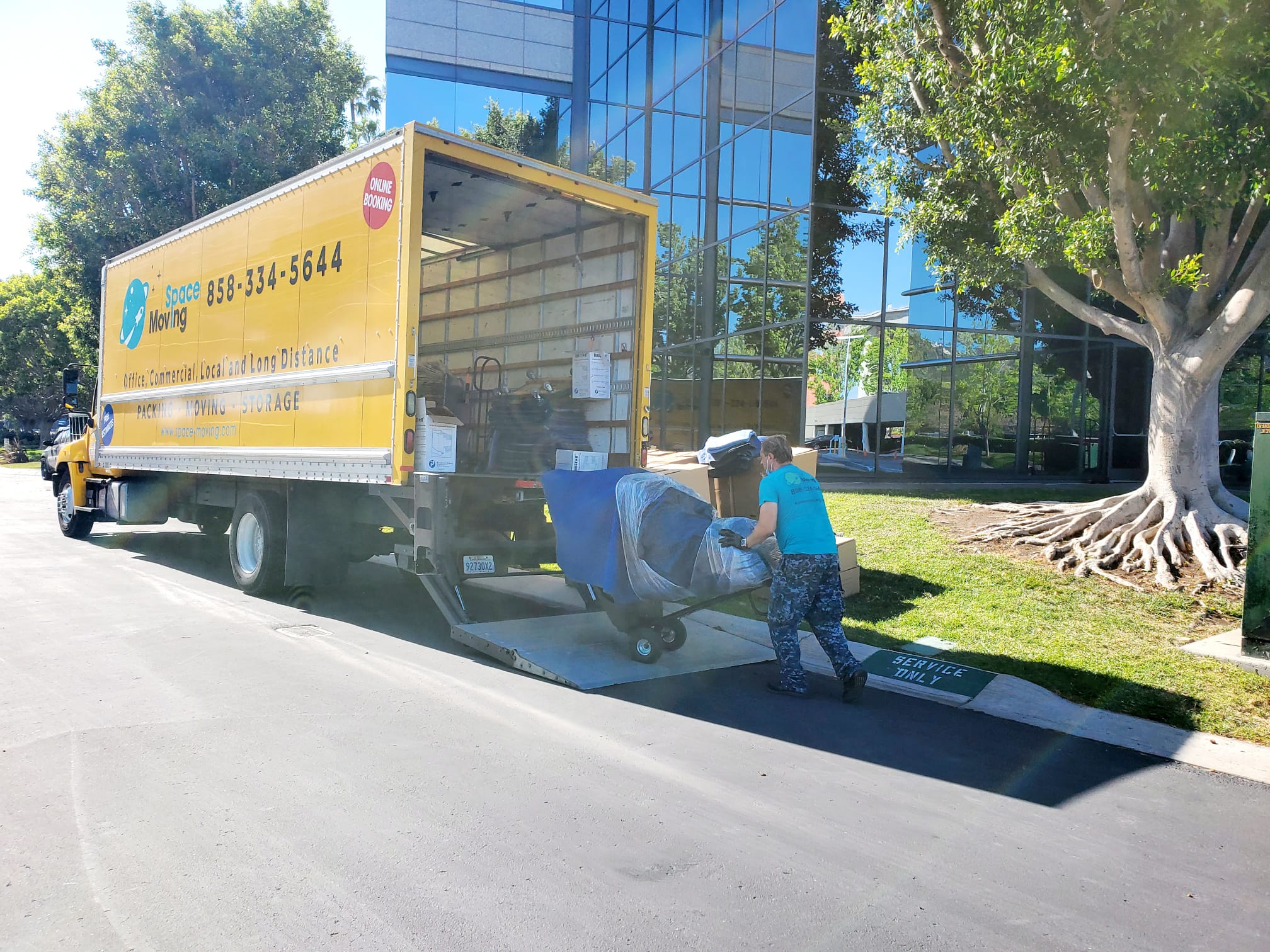Moving is a complex process and can be stressful. There are many things to consider during your move – from packing, planning, and logistics to details about your new city or town. The list below should provide helpful information if you’re seeking answers to common moving questions.
Do I need to hire a moving company?
If you’re moving less than 50 miles, it’s probably best to proceed. If you’re moving more than 50 miles and have a lot of things to haul and transport, consider hiring a professional mover.
You can also hire a professional mover if your local area is large enough.
Where can I find a good mover?
- Check the Better Business Bureau to see if a company has been sued, shut down, or otherwise been involved in a scandal.
- Look for movers with a good reputation and a history of customer service.
- Consider whether or not the mover you’re considering has been in business for years, as well as their licensing status (if they have it).
- If you have questions about whether or not your mover is licensed and insured, ask them directly! A reputable moving company will be happy to provide this information upon request, which can help ensure that your belongings arrive safely at their new home!
How much will my move cost?
The cost of your move will depend on several factors, including the distance you are moving and how much you have to move. It’s important to note that there is no one-size fits all price for your move. The price can be affected by several factors, including how much you pack your belongings, whether or not there are any extra costs (such as packing materials), how many people will help with the move, and what type of vehicle(s) are used during transport.
What do movers charge?
Moving is a big decision, and you want to ensure that the movers you choose are reliable and trustworthy. To do this, it’s essential to ask questions about the charges.
- What does the price include? You may wonder what your move will cost before making an appointment with a moving company. Many factors can impact the final price—the size and weight of your belongings, distance travelled and more! The best way to get an accurate estimate is by asking questions like these:
- How many hours does my move take? How many miles does my move take? What if I need help loading up my truck or trailer? Can I rent equipment such as dollies or boxes from them instead (as long as they’re available)? Would it be cheaper if we did this ourselves at home because there wouldn’t be any extra fees associated with hiring professionals like movers who charge extra per mile travelled?”
What additional charges can I expect?
So, what other charges can you expect? Here are some common additions to your bill:
- Packing supplies. If you don’t have your supplies and need them shipped, expect to pay for them in addition to any packing materials already included in the estimate.
- Fuel surcharges. Moving across time zones or far away from gas stations with availability issues could end up costing more than expected.
- Storage fees for vehicles that aren’t immediately needed by their new owners (e.g., a car parked outside a house). The price varies based on location and type of vehicle—it’s usually higher than what would be charged if it was kept indoors during winter when temperatures fall below freezing at night or during summer heat waves when they rise above 90 degrees Fahrenheit (32 Celsius).
Should I tip my movers?
When you hire movers, the first thing to ask is if they will charge an hourly rate. If so, then consider tipping them at the end of their shift.
If your move is not particularly stressful or time-consuming and you are pleased with their service (especially if they worked hard), then it’s a good idea to give them a small tip for their efforts.
Should I get insurance on an out-of-state move?
- If you are moving a lot of valuables, it may be worth it to get insurance.
- If you are moving a lot of personal items, it may be worth it to get insurance.
- Suppose you are moving fragile items (like antiques). In that case, it may be worth getting additional coverage from your moving company or from an insurance agent who specializes in helping out people with fragile items move safely and efficiently.
Is it cheaper to move or hire a professional service?
The answer to this question depends on what you are moving and how much. If you are moving a small number of items, driving may be cheaper than hiring a professional mover. Most people do not have the expertise or equipment needed for significant moves. However, hiring professionals may be worth it if your activity requires specialized tools or expertise like loading and unloading trucks.
If there are large items in your move that require professional movers (such as furniture), then hiring professionals will probably save money overdoing it yourself due to their high productivity rates, allowing them to complete more jobs per hour than an amateur could ever hope for!
How do I choose between the different types of moving companies?
When deciding the moving company type, you must know what you’re looking for. You might have heard of different moving companies: independent movers, significant carriers and A-rated or B-rated movers.
These terms refer to how well a moving company treats its customers. Independent movers are less likely than other types of carriers to use subcontracted labour and offer better service because they need more time and attention from their employees for them to be able to do their job well (which is why independent movers often charge more). Major carriers are usually referred to as “Major” due to their size; however, some insurance companies will also be called “A” rated by some insurance companies if they have enough experience to handle large jobs without causing any damage during transportation etcetera…
How far in advance should I reserve my move date with a mover?
The earlier you reserve your move date, the more likely you will get a good deal. If you can’t get a firm reservation in advance, try contacting an estimate from the mover and then negotiating on price later.
If there’s any chance that your schedule might change and force us to charge more than we anticipated (for example, if our truck breaks down), we’ll let customers know about this before they sign up for service. We will also email customers directly if any changes are made during their scheduled move date that would affect the pricing or availability of services provided by [your company.
There are many things to consider when you plan a move.
There are many things to consider when you plan a move. These include:
- Your budget. How much are you willing to spend on this move? Are any costs that need to be covered, such as moving trucks and tools? What about labour fees?
- Your time constraints. How much time do you have to spend on the project before it’s done and ready for its new home in the new location? If this is not an option (or is not enough), how long will it take until everything gets packed up and moved into place at its new address?
- Your moving needs include the size of items being driven; weight limitations; fragile items like antiques or artwork; pets needing cages/ carriers etc.; special needs like large furniture pieces that cannot be lifted alone by one person (e.g., beds)
Conclusion
While moving can be stressful, it’s also a fun and exciting experience. If you need help making your move more seamless, don’t hesitate to contact us! We would love to help you with your moving needs – from finding reliable movers who work within your budget to navigating insurance questions and packing tips. You can also visit our website, Scape Moving, for more information.









